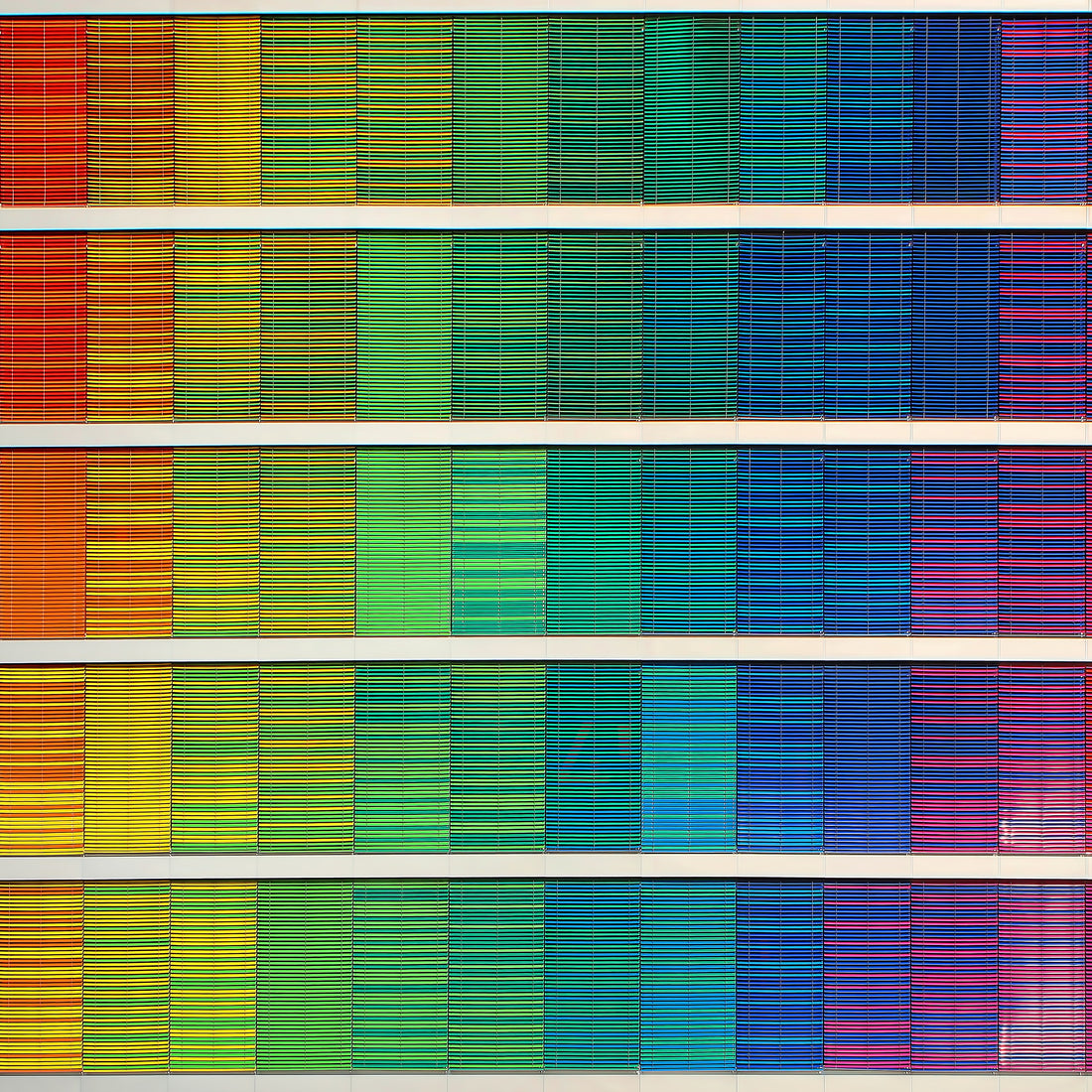
Comment harmoniser les couleurs de sa tenue ?
Partager
En effet, même si vous avez trouvé les vêtements avec le style et la coupe qui vous conviennent, si leurs couleurs ne se coordonnent pas, ils ne pourront jamais être portés ensemble.
Voici donc quelques conseils pour vous aider à harmoniser les couleurs de votre tenue.
Les règles de base
Pour commencer, il faut avoir en tête ces 2 grands principes :
- Privilégier les couleurs sombres pour le bas et les couleurs plus claires et “flash“, pour le haut, pour apporter de la lumière sur le visage.
- Associer 2 à 3 couleurs maximum sur l’ensemble de sa tenue, accessoires compris, et jouer avec 1 couleur dominante et 1 à 2 couleurs secondaires ; on pourra bien sûr y ajouter des teintes “neutres“ comme le noir, le blanc, le beige, le gris ou encore l’argent.
Si vous ne vous sentez pas trop à l’aise dans l’association des couleurs, le plus sûr est de partir d’un ton plutôt neutre et de lui associer une couleur plus présente par petites touches.
Les combinaisons qui fonctionnent
Pour vous aider dans l’association des couleurs, le cercle chromatique, ou “roue des couleurs“, est l’outil idéal. Il permet en effet de comprendre les couleurs qui vont ensemble.
Le cercle chromatique est composé des 3 couleurs primaires (Rouge, Jaune et Bleu), de 3 couleurs secondaires obtenues à partir des couleurs primaires (Orange, Vert et Violet) et de 6 couleurs tertiaires, issues du mélange entre couleurs primaires et secondaires.

Il existe 3 principaux types d’association de couleurs qui fonctionnent à chaque fois :
-
Les couleurs complémentaires
Ces couleurs sont disposées à l’opposé sur le cercle chromatique ; par exemple, la couleur complémentaire du Bleu est le Orange, celle du Jaune est le Violet, et celle du Rouge est le Vert. Utilisées ensemble ces couleurs permettent de créer un contraste harmonieux.

-
Le camaïeu
Il s’agit dans ce cas de ne choisir qu’une seule couleur et de jouer avec les différentes nuances de cette teinte dans votre tenue et vos accessoires.
-
Les couleurs semblables
Dans cette dernière harmonie, les couleurs sont très proches, comme par exemple, le Jaune et le Vert clair, ou le Rouge et Orange brique. Il s’agit ici de choisir une couleur et d’y associer celle(s) située(s) juste à côté sur le cercle chromatique.
Ce dégradé de couleur peut être vu comme étant proche d’un camaïeu, mais avec toutefois plus richesse et de pep’s pour l’œil.

Voici quelques exemples de combinaisons de couleurs qui fonctionnent à coup sûr :
- Bleu Électrique avec Jaune foncé, Marron, Gris
- Bleu Canard avec Rouge foncé, Orange foncé, Marron
- Bleu Turquoise avec Rose Fuchsia, Violet foncé, Marron, Beige
- Jaune avec Bleu, Violet, Marron, Noir, Gris
- Orange avec Bleu, Jaune, Vert, Marron, Gris
- Rose Fuchsia avec Bleu Turquoise, Chocolat, Gris
- Rose Pâle avec Vert foncé, couleurs pastel
- Rouge avec Bleu foncé, Vert, Noir, Gris
- Vert avec Rouge, Orange, Marron
Couleurs et personnalité
La couleur utilisée dans ses vêtements est un moyen de parler de soi, d’exprimer sa personnalité.
De façon générale, les couleurs de nos vêtements sont une sorte de miroir de notre humeur. Elles se divisent en 2 catégories, les couleurs chaudes et les couleurs froides.

Les couleurs chaudes évoquent le dynamisme, l’énergie, la vivacité, la joie.
Les couleurs froides, quant à elles, reflètent plus une humeur et un tempérament calme, apaisé, serein, plus tourné vers soi.
Et si malgré ces différents conseils, vous ne vous sentez pas encore sûrs de votre capacité à gérer les couleurs, misez sur les accessoires !
Les lacets Petit détail sont idéals pour s’adapter à votre humeur du jour et pour apporter une touche de pep’s élégante et discrète à votre tenue !
Pour en savoir plus sur les lacets Petit détail : Vos lacets 100% Made in France
et sur le service de personnalisation : Vos lacets personnalisés.
Pour découvrir les différentes collections Petit détail : Les lacets en coton ciré, Les lacets en coton classique pour sneakers, Les lacets en coton biologique certifié GOTS.
Crédit photo intro: Ricardo Gomez Angel, Unsplash

